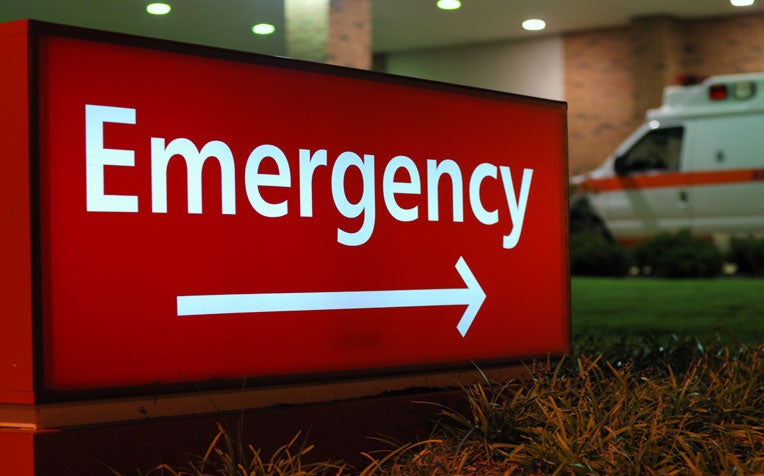
The A&E department is for emergency cases and treatments.
Visit the A&E for emergencies only.
As Singapore’s population continues to increase and with the A&E (Accident and Emergency) departments in our hospitals seeing more patients each passing year, it is important we remember that the A&E is for emergencies only.
This is especially so when the latest figures obtained from public hospitals, including Singapore General Hospital (SGH), indicate that more than half of the A&E cases hospitals see are for non-emergencies.
“By avoiding crowding the A&E unnecessarily, you can actually help save lives. Plus, if you have a non-emergency condition and visit a GP instead, you’ll probably get treated sooner,” says Dr Jeremy Wee, Consultant, Department of Emergency Medicine, Singapore General Hospital (SGH), a member of the SingHealth group.
Basic assessment guidelines for common mild conditions and when you need the A&E:
Cold and flu
The common cold, or flu, is a mild respiratory illness that can be associated with sore throat, runny or blocked nose, watery eyes, cough, and fever. It is a self-limiting disease that usually takes 3 to 5 days to resolve.
| Treat At Home | Visit Your GP |
Go To The A&E |
|---|---|---|
| Massage vapour rubs onto your chest, neck and back to ease breathing. | If in addition to your cold or flu, you suffer from one or more of the following:
| There is no need to visit the A&E for a cold or flu, unless advised by your GP. |
| Use saline drops to clear your nose if it is stuffy, and take a warm bath or shower to help soothe your body ache. | ||
| Stay home and get plenty of rest. | ||
| You can purchase over-the-counter nasal decongestants, cough syrup and lozenges for symptom relief. |
Strains and sprains
Strains and sprains are often caused by twists, falls and missteps, or while participating in sports. A strain is characterised by a stretching or tearing of a muscle or tendon, while a sprain is a stretching or tearing of a ligament. Symptoms include pain, restricted movement and swelling over the affected limb.
| Treat At Home | Visit Your GP | Go To The A&E |
|---|---|---|
| Apply an ice pack to the injured area for 15 to 20mins. Repeat several times throughout the day. | If you suffer from one or more of the following:
| There is no need to visit the A&E for a strain or sprain unless advised by your GP. |
| Compress the injured area with an elastic bandage until the swelling stops. | ||
| Elevate the injured area above the level of your heart, especially at night. |
Sore eyes
Red and watery eyes, yellow discharge, itchiness and mild pain affecting the eyes can indicate conjunctivitis. Causes of sore eyes include a viral or bacterial infection, allergies as well as irritation from chemicals such as those found in perfumes or contact lenses.
| Treat At Home | Visit Your GP | Go To The A&E |
|---|---|---|
| Use over-the-counter eye drops and a clean tissue to remove the eye discharge. | If you suffer from one or more of the following:
| If your sore eyes was caused by chemicals and if your vision is affected. |
|
Avoid using eye make-up or contact lenses until your condition improves. |
Nosebleeds
A nosebleed can occur from one or both nostrils. Possible causes include simple trauma to the vessels of the nose, such as blowing the nose too hard or picking at the nostrils, direct blunt trauma (like a punch to the nose), foreign bodies, inflammatory reactions, allergies, infectious diseases and even the use of alcohol or drugs.
| Treat At Home | Visit Your GP | Go To The A&E |
|---|---|---|
| Sit down, lean forward then use your thumb and index finger to squeeze the softer part of your nose firmly (between your nose bridge and the end of your nose). Hold for up to 20mins continuously. | If your nosebleed recurs for no apparent reason. | If your nosebleed does not stop after 20mins. |
| You can also place an ice pack on your nose bridge. | If your nosebleed is caused by a direct injury to the nose, resulting from a strike by a fist or object. |
Ref: S13
Contributed by


















 Get it on Google Play
Get it on Google Play